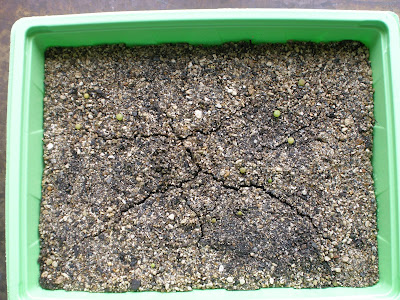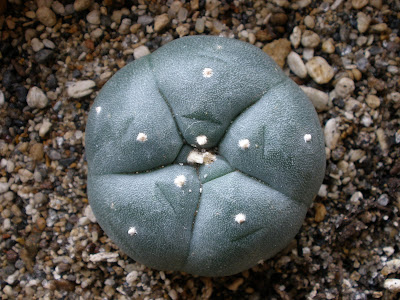I grafted as small Lophophora var. Caespitosa pup as the scion (top) and used a small T. Bridgesii as the root stock (bottom).
I used several Very helpful resources to inform the process. The links for these are:
http://www.kadasgarden.com/grafting2.html
http://www.divinecactus.com/advice_g1.php
I also read the Peyote and other Psychoactive Cacti by Adam Gottlieb (I highly recommend this book).
Overall the graft went well, however I was very sceptical whether it would work in the beginning.
I accidentally forgot to bevel the edges of the root stock down (this stops the edges from curling up and pushing the scion off), so I had to remove the scion to do this, and in the time it took to do so the xylem & phloem tubes of the food stock will have closed up on both the stock and scion (this will have prevented the graft from taking).
So I had to re-cut both surfaces. In the end there wasn't much peyote left! (VERY STRESSFUL)
To my amazement the peyote didn't die, or even dehydrate too much. It became very soft which worried me, but it soon plumped up and it is already showing signs of active growth!
These are some picture of the cacti just after the tissue graft:


Here are some photos of the same cactus after about 20 days after the graft:

As you can see the scion has bloated and much new growth can be seen (paler green tissue).

Notice the small bulges around the cut, these are the new pups emerging!
I am very proud of my little graft, and will be doing many more in the future!























